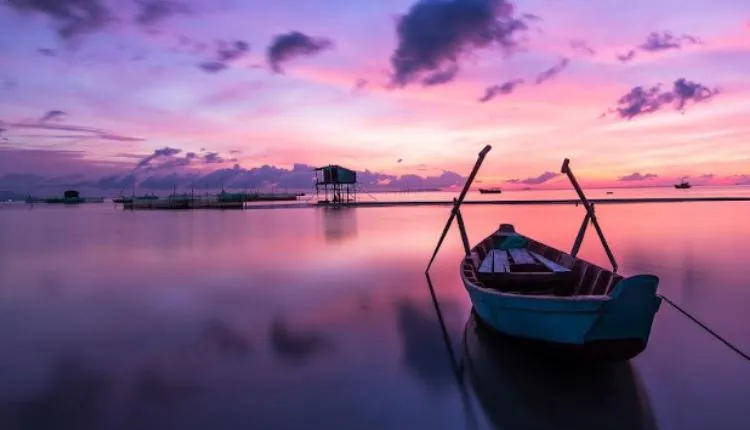Welcome to our blog post on 20 photography tips and tricks! Whether you are a beginner or an experienced photographer, there is always something new to learn and try. These tips and tricks are designed to help you improve your skills and take your photography to the next level. Haleigh Umplette is a wedding photographer Roanoke.
In this post, we will be covering a wide range of topics, including composition, lighting, camera settings, and more. We will also be sharing tips on how to add creativity and interest to your photos, as well as how to troubleshoot common problems.
We hope that these tips and tricks will inspire you to experiment and try new things with your photography, and that they will help you create beautiful, unique, and meaningful images. Happy shooting!
Here are 20 photography tips and tricks that you may find helpful:
- Experiment with different compositions: Try using different compositional techniques, such as the rule of thirds, leading lines, and symmetry, to add interest and depth to your photos.
- Use the light to your advantage: Pay attention to the direction and quality of light in your photos, and use it to create mood and depth.
- Shoot in RAW: Shooting in RAW format allows you to capture more detail and flexibility in post-processing, giving you more control over the final result.
- Try different perspectives: Change your perspective by getting up high or down low to add interest and variety to your photos.
- Use a tripod: A tripod can help you stabilize your camera and get sharper images, especially in low light or when using a long exposure.
- Use a polarizing filter: A polarizing filter can help reduce reflections and increase color saturation, especially when shooting landscapes or architecture.
- Shoot in manual mode: Switching to manual mode allows you to have complete control over your camera’s settings, giving you the ability to create the look you want.
- Try different lenses: Experiment with different lenses to change the look and feel of your photos, such as using a wide-angle lens for landscapes or a telephoto lens for portraits.
- Use negative space: Negative space is the empty space around your subject, and using it effectively can add balance and simplicity to your compositions.
- Shoot in burst mode: Burst mode allows you to take multiple shots in quick succession, increasing your chances of capturing the perfect moment.
- Use a reflector: A reflector can help bounce light onto your subject, adding dimension and reducing harsh shadows.
- Experiment with long exposures: Long exposures can create interesting effects, such as capturing motion blur or smooth water, and can be achieved by using a tripod and a slow shutter speed.
- Use a remote trigger: A remote trigger allows you to take photos without touching your camera, reducing camera shake and allowing you to get sharp images.
- Use a flash: A flash can be used to add light to your photos and can be especially helpful in low light situations.
- Play with depth of field: Depth of field refers to the amount of your photo that is in focus, and using a shallow depth of field can add a sense of intimacy and separation to your photos.
- Shoot in black and white: Shooting in black and white can add a timeless, classic look to your photos and can also help simplify compositions.
- Use leading lines: Leading lines are lines within your photo that lead the viewer’s eye towards your subject, and can help create a sense of depth and movement.
- Use the golden hour: The golden hour, which is the hour after sunrise and the hour before sunset, is a great time to take photos because the light is soft and warm.
- Use reflections: Reflections can add depth and interest to your photos, and can be achieved by shooting reflections in water or other reflective surfaces.
- Experiment with different camera settings: Don’t be afraid to experiment with different camera settings to see what works best for you and your subject.
I hope these tips and tricks are helpful and inspire you to try new things with your photography!

